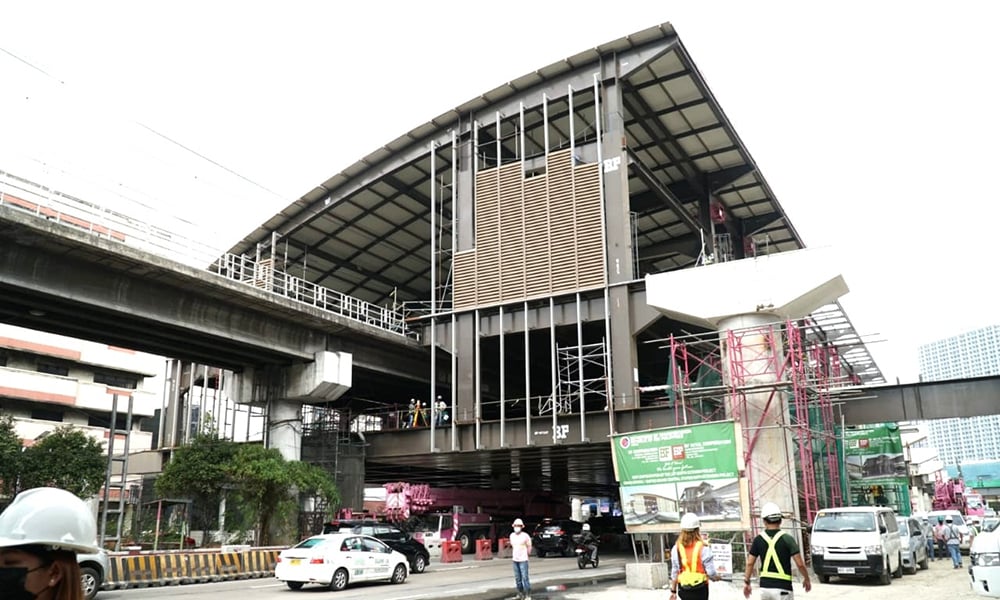
The Department of Transportation recently gave an important update on another major infrastructure project: the Common Station. This massive structure—situated at the corner of EDSA and North Avenue in Quezon City—will have a 13,700sq-m concourse area that will allow passengers to switch from the different train lines that include the LRT-1, the MRT-3, the Metro Manila Subway Project, and the MRT-7. Once finished, access into and out of Metro Manila from and to Cavite down south and Bulacan up north will increase in ease and efficiency.
The common rail station was initially projected to be finished by the first quarter of 2020, but delays caused by the COVID-19 pandemic and the ensuing lockdowns pushed completion to December 2022. Work is done 24/7 to ensure that it is accomplished on time, or even earlier if possible, according to the DOTr.
The project was originally scheduled to start construction in 2014, in an area adjacent to the SM North EDSA shopping center. SM Prime Holdings had paid the government P200 million for naming rights to the station, as it was within its proximity. But the Aquino administration broke the contract and decided to build the common station beside the Ayala-owned TriNoma Mall, which prompted the company to sue the government for breach of contract, thus hindering the start of construction and delaying the project for three years. In 2017, current DOTr Secretary Art Tugade brokered a deal among the stakeholders (SM Prime Holdings, Ayala Corporation, Metro Pacific Investments Corporation, and San Miguel Corporation) for them to finally withdraw their legal objections so construction could finally begin.
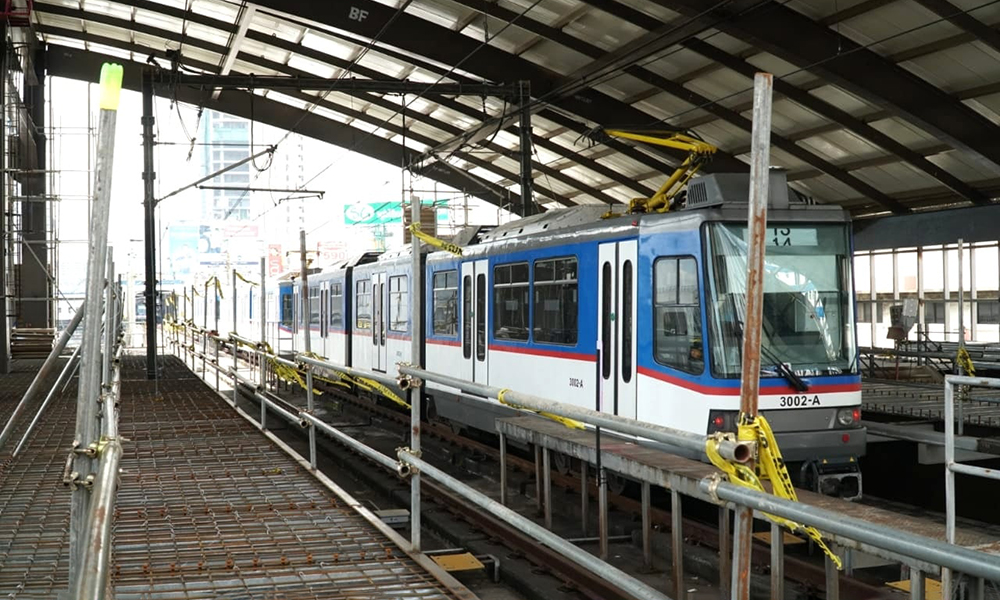
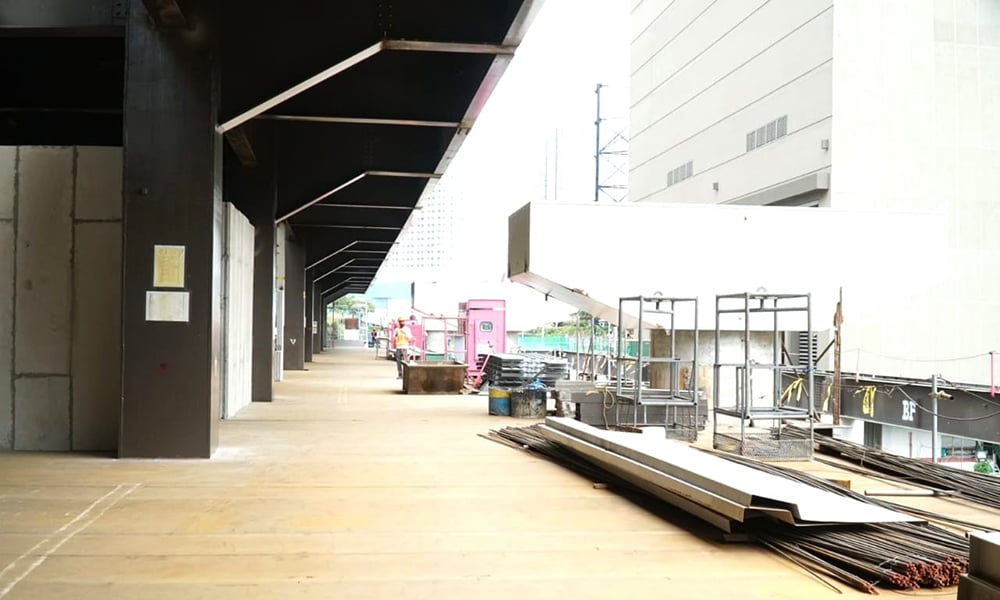
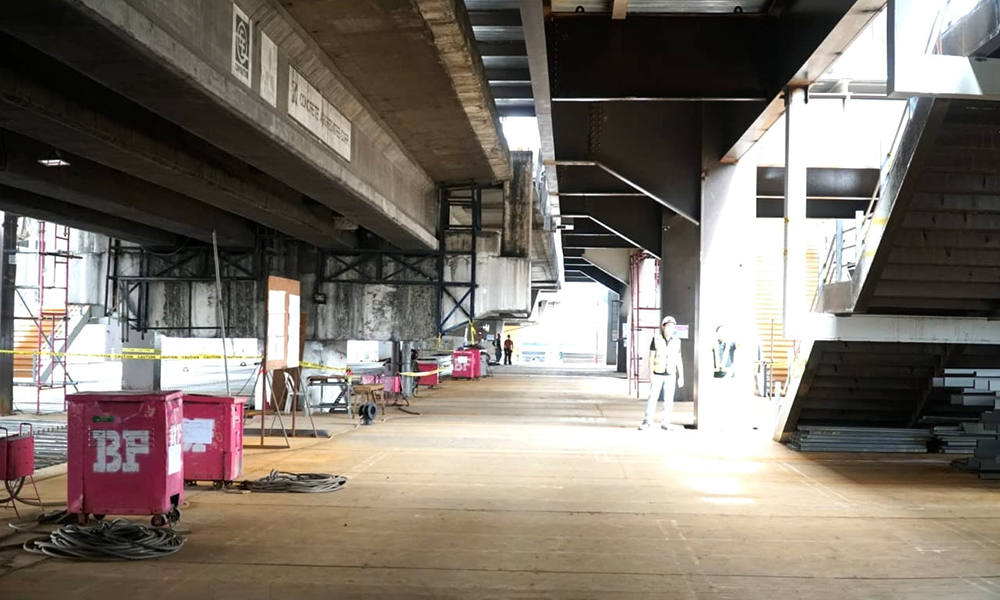
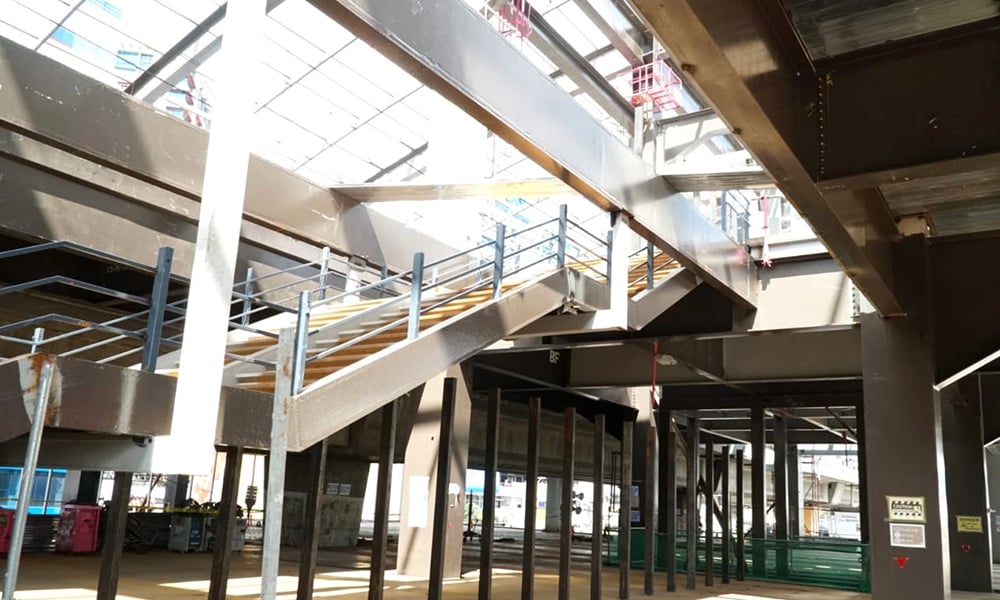
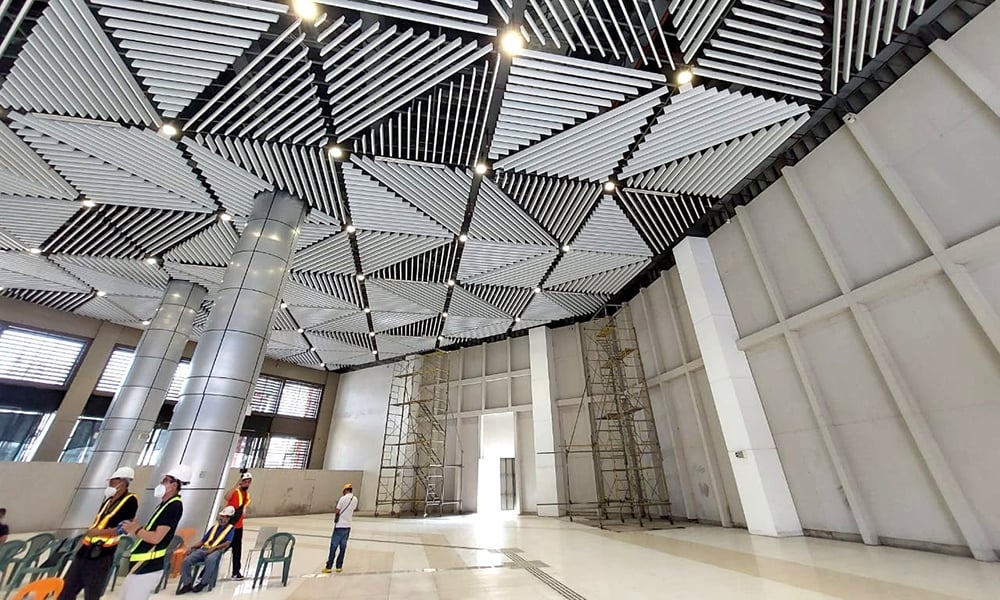
The Common Station is built in an area that sits between the two aforementioned malls, ensuring parity and fairness as well as equal access to both major points of interest. To date, the LRT-1 and the MRT-3 are operational, while the MRT-7, which runs from Quezon City to Bulacan, is expected to open in December as well. The Metro Manila Subway, the last major rail project implemented under the Duterte administration, is expected to open by 2025, running also from Quezon City all the way to the Ninoy Aquino International Airport complex in Pasay City. By then, this common rail station will be a major transport hub, integral to seamless and hassle-free mobility—much like the Taft-EDSA Station that connects the MRT-3 and the LRT-1, and the Araneta Center link that connects the LRT-2 with the MRT-3, and the various bus stations for outbound provincial travel.
The ground-breaking ceremony of the Common Station was held on September 29, 2017, marking the start of construction. Three areas were designated for the project, each with its own developers. Area A, which will host a platform and concourse for the LRT-1 and the MRT-3, will be developed by the DOTr. Area B, which covers two concourses that will connect Areas A and C, will be developed by Ayala-affiliate North Triangle Depot Commercial Corporation. San Miguel Corporation will develop and finance Area C, which will host the MRT-7 platform. Back in January 2017, the projected cost for the common rail station was estimated at P2.8 billion. Once completed, it will be one of the largest rail stations in Southeast Asia.
Ayala Corporation had also paid the government P150 million for naming rights to the station, but part of the brokered deal was that both commercial naming rights deals would be honored. And the common rail station was then dubbed the Unified Grand Central Station. Let’s hope it finishes earlier than expected, and that it will not experience further delays for the benefit of our fellow Filipino commuters.

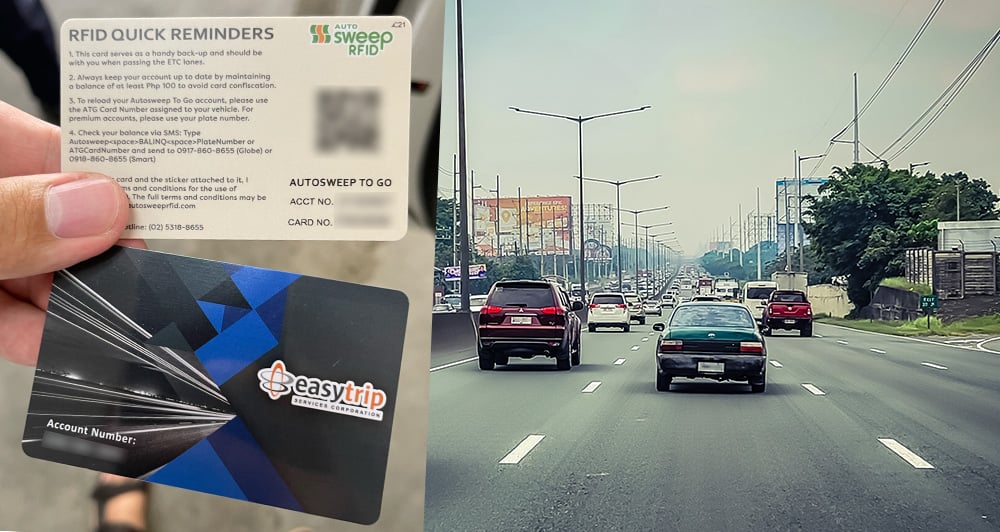
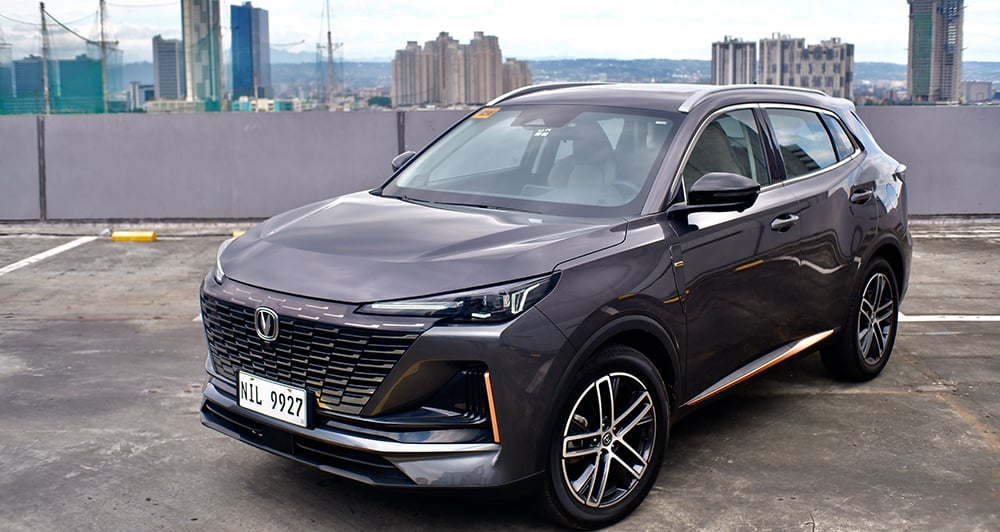
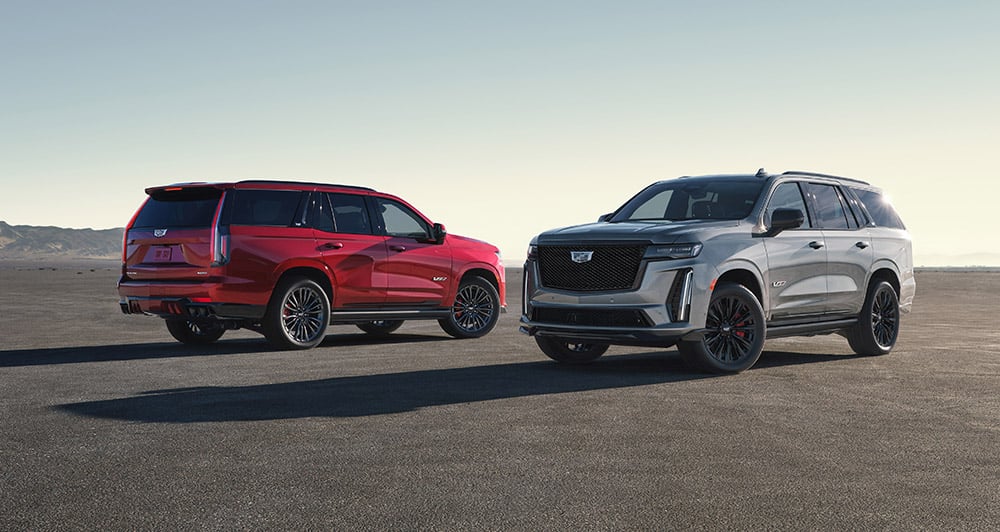
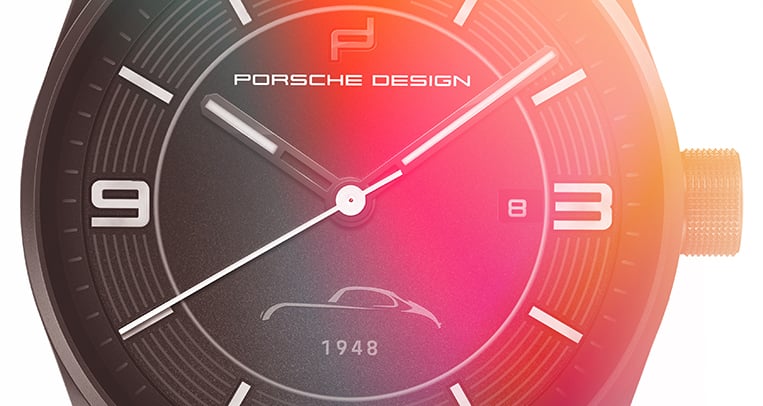
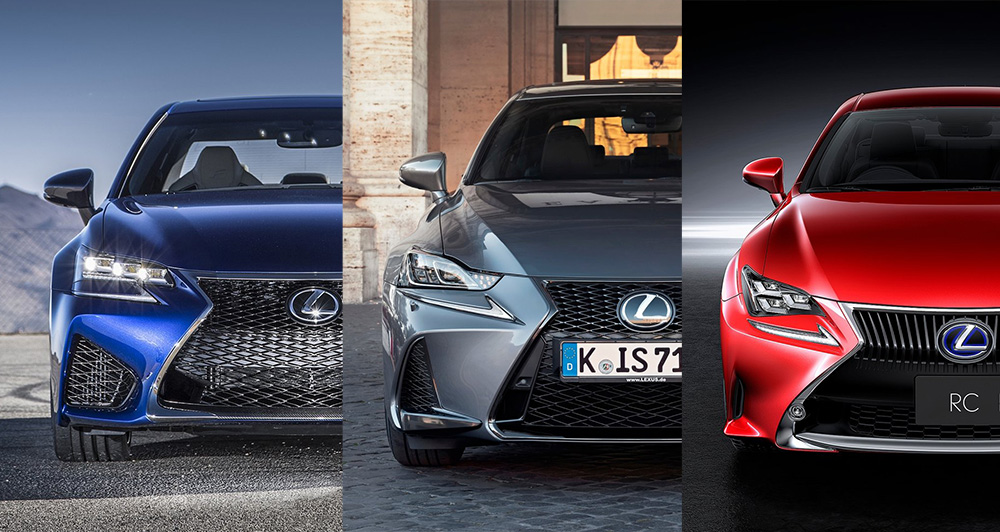
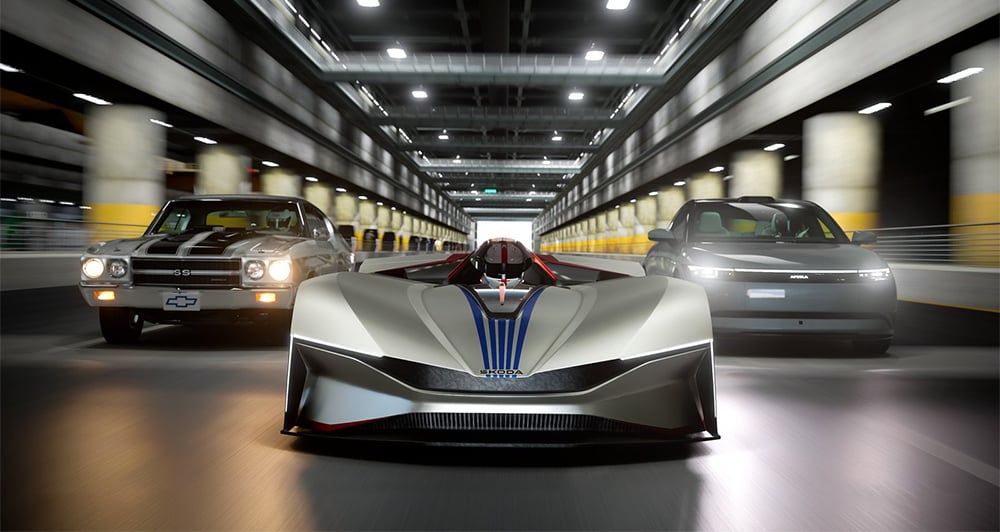
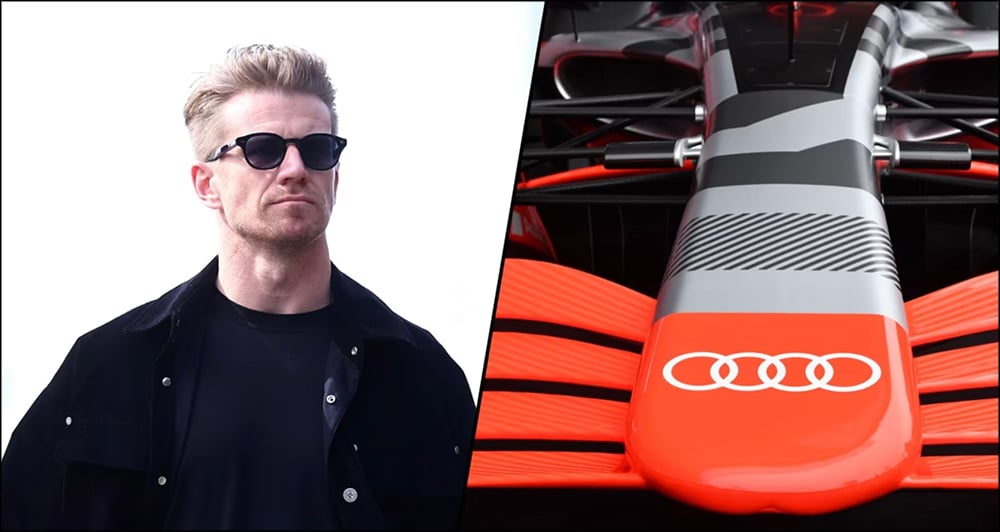
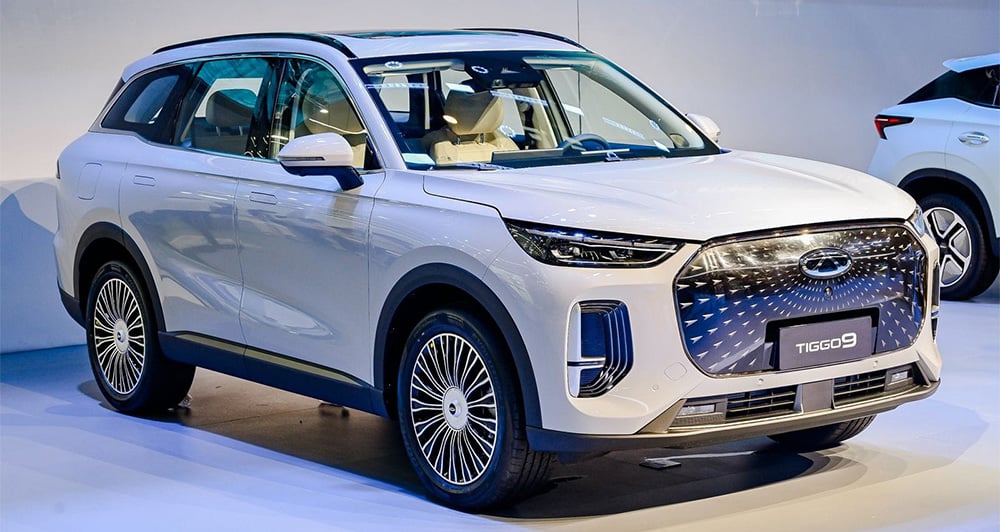
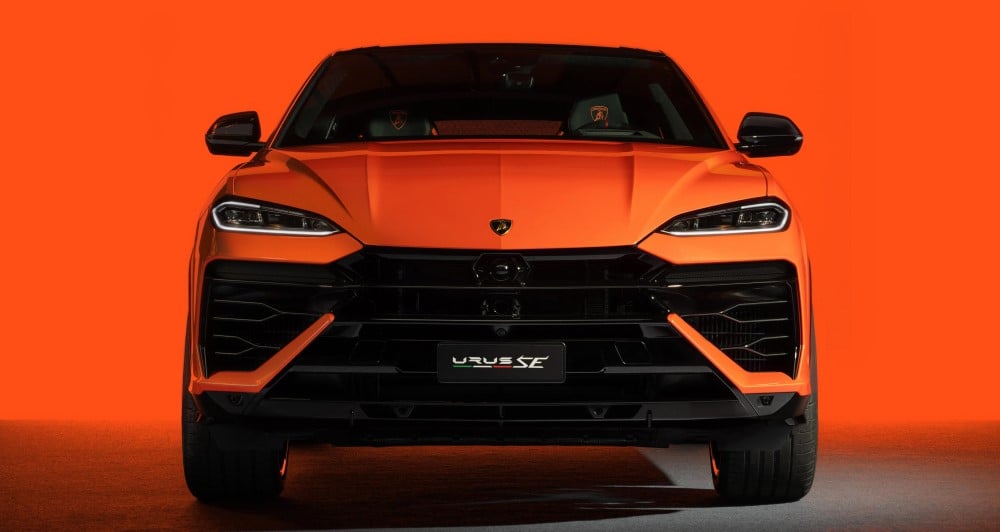
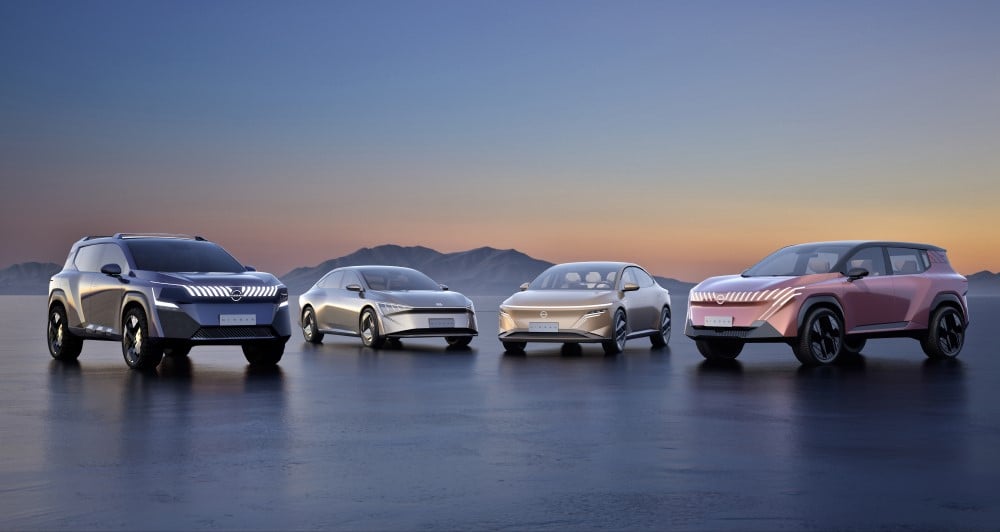
Comments